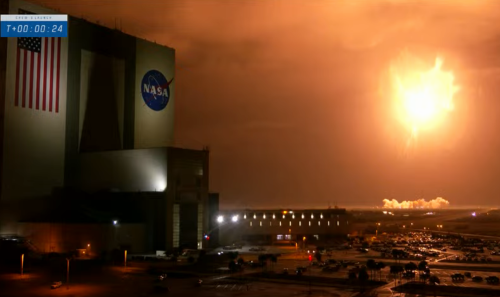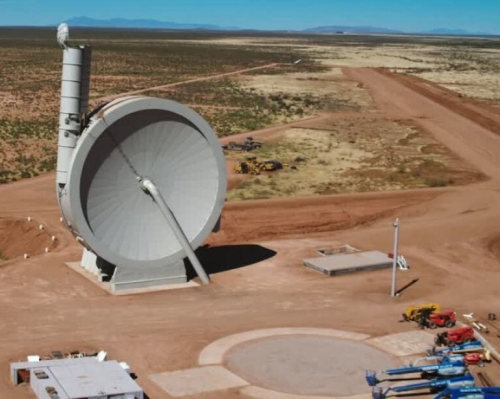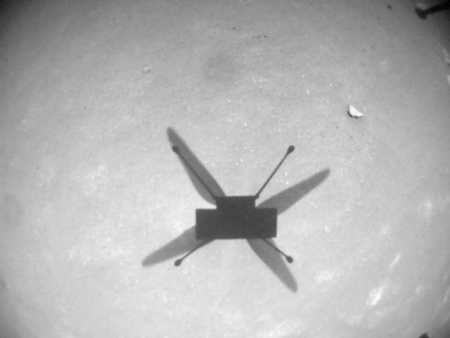Today’s blacklisted American: Professor forced to undergo mental examination because students didn’t like exam question

Mao’s 1966 cultural revolution comes to the
University of Illinois-Chicago
Persecution is now cool! Law professor Jason Kilborn at the University of Illinois-Chicago was suspended by his university and forced to undergo a mental examination plus drug tests essentially because some unnamed students objected to an exam question that referenced racial slurs and that Kilborn had been using in his tests for a decade.
Kilborn told Campus Reform that his classes “were cancelled for the entire semester on the very first day of class. He said he also had to undergo “an agonizing several-week period of ‘administrative leave,’” during which he was “barred from campus and prevented from participating in normal faculty communications and activities, including my elected position on the university promotion and tenure committee.”
Kilborn said he was compelled to submit to three hours of mental examination and a drug test by university doctors and a social worker, broken into two segments spanning the course of a week.
The exam question that caused the furor appears to have been part of a program focused on teaching law students how to determine the factual basis for any legal action, as Kilborn explains here,
» Read more

Mao’s 1966 cultural revolution comes to the
University of Illinois-Chicago
Persecution is now cool! Law professor Jason Kilborn at the University of Illinois-Chicago was suspended by his university and forced to undergo a mental examination plus drug tests essentially because some unnamed students objected to an exam question that referenced racial slurs and that Kilborn had been using in his tests for a decade.
Kilborn told Campus Reform that his classes “were cancelled for the entire semester on the very first day of class. He said he also had to undergo “an agonizing several-week period of ‘administrative leave,’” during which he was “barred from campus and prevented from participating in normal faculty communications and activities, including my elected position on the university promotion and tenure committee.”
Kilborn said he was compelled to submit to three hours of mental examination and a drug test by university doctors and a social worker, broken into two segments spanning the course of a week.
The exam question that caused the furor appears to have been part of a program focused on teaching law students how to determine the factual basis for any legal action, as Kilborn explains here,
» Read more










